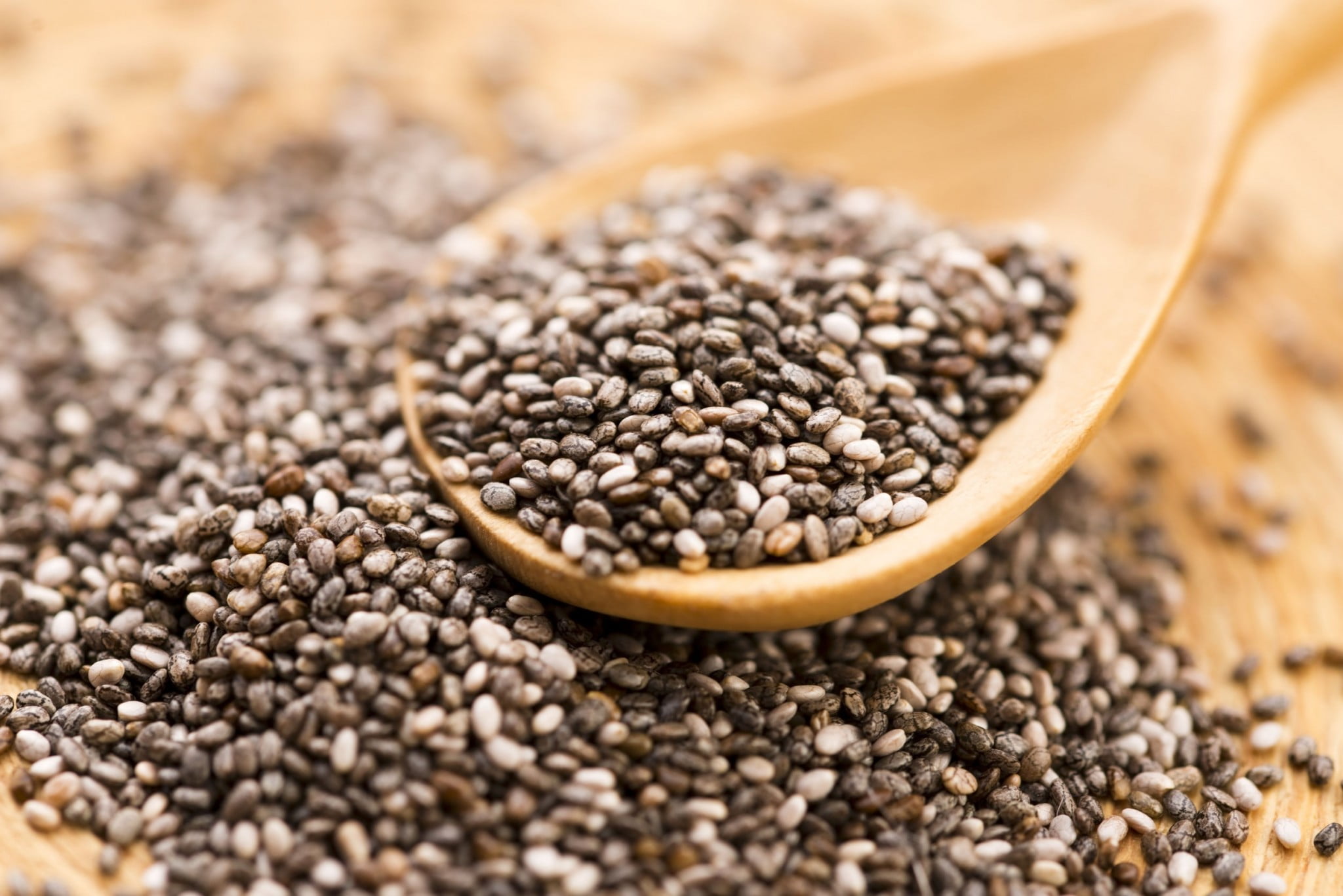30 Jan 3 Simple Ways To Reduce Bloating
So here’s the truth: Everyone bloats. It’s not normal for someone to have rock hard abs all throughout the day (unless you don’t eat or drink). Food and liquids take up space inside your stomach and intestines, which causes your tummy to expand. Eating certain...




